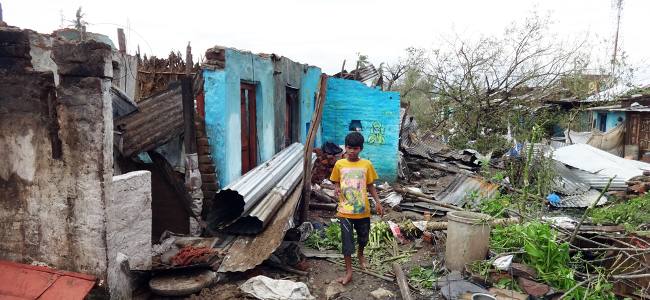
Disaster management in Indonesia: after Palu and Lombok disasters, new programs of disaster governance
After the two disasters in Palu and Lombok this year, the current disaster risk governance of Indonesia had been tested. As a result, thousands of people died and many others displaced. So the government decided to achieve a better disaster risk reduction (DRR) to improve disaster management.
The questions are: why we did not activate the right way of prevention? Has society been actively involved to develop a culture of safety in their daily lives? The approach to Disaster Risk Reduction has been in place since 2004, year of the Indian Ocean earthquake and tsunami and Indonesian Government enacted a law on disaster management in 2007 and established disaster management bodies at national and local levels.
Indonesia is also committed to achieving a global disaster risk reduction agenda, including the Hyogo Framework for Action and the Sendai Framework. United Nations member states agreed to these frameworks as blueprints to achieve communities that are resilient to disaster. They agreed to change the behaviour of communities to be more prepared for the inevitable shocks and to make safety culture part of development planning and implementation.
DRR: preventive actions
DRR implementation has been developed after severe initiatives and about a decade ago, the UN Development Program (UNDP) and the government of Indonesia launched the Safer Communities through Disaster Risk Reduction (SC-DRR) program.
The program helped establish policies and regulations to reduce disaster risks. It supported local governments to include disaster risk reduction in their development planning. It strengthened disaster risk education and awareness programs and demonstrated initiatives that make communities safer.
Palu City was one of the locations for the pilot activities. The National Disaster Mitigation Agency (BNPB) with the support of the Japan International Cooperation Agency (JICA) also conducted a similar project to enhance the capacity of local disaster management agencies in Lombok Island from 2011 to 2015. With so much DRR investment and activities for more than a decade, the communities and the governments should have been better prepared. But, based on amateur videos, we can see how motorcycles and cars were still travelling along the shore of Palu while tsunami waves were coming closer.
However, even if many professionals discuss Indonesia’s tsunami early warning system (INA-TEWS) that did not work, disaster preparedness is not always about the technology. It is also about public alertness and perception of risk. And this is shaped by disaster risk reduction governance before a disaster happens.


